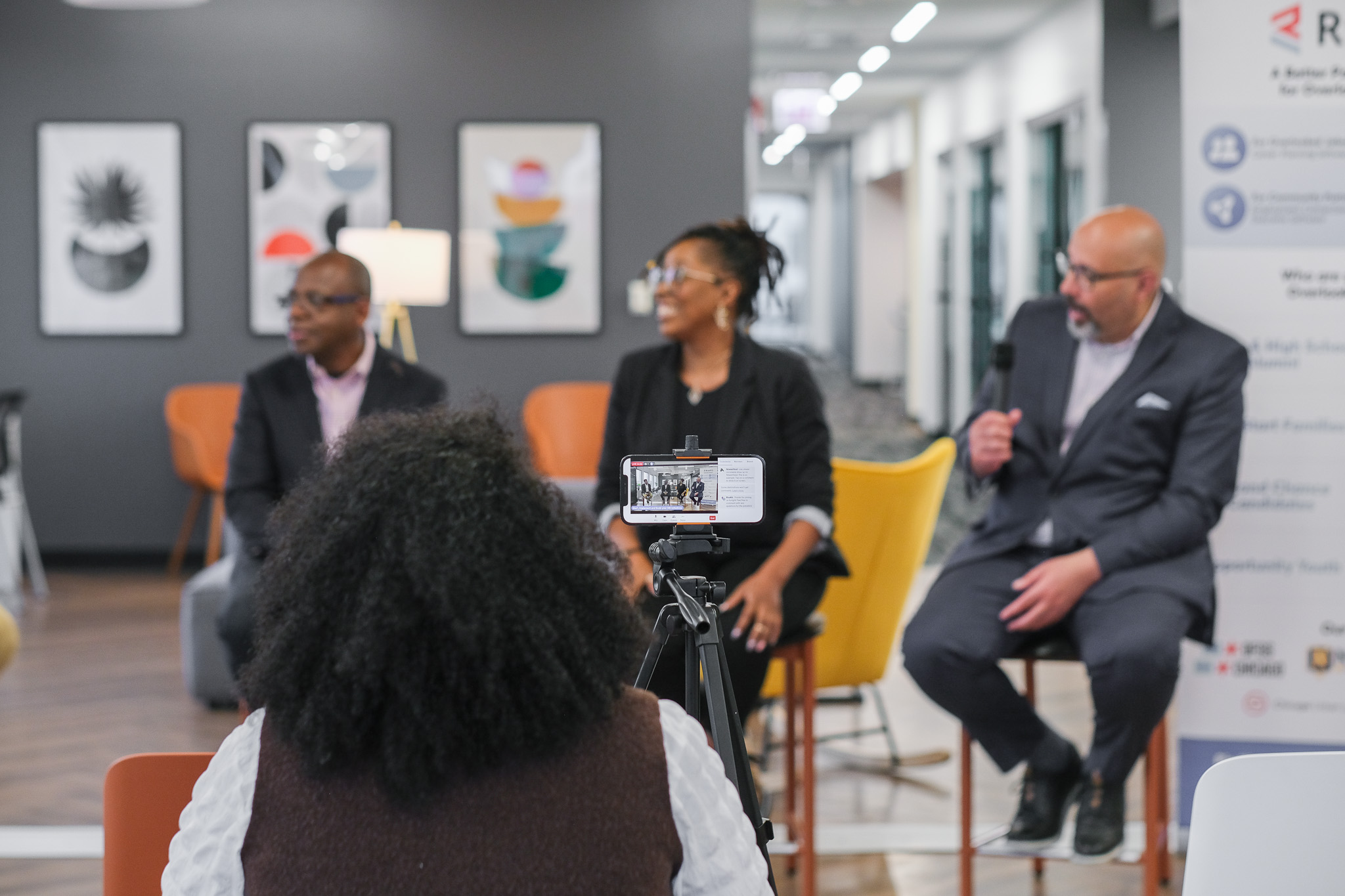Collaboration: Moving beyond the buzzword(s) in Workforce
Published:
Partnerships and collaboration are not equal concepts the way we have traditionally thought of them. Over the course of engaging communities and community leaders, we have found that silos still remain as the dominant structure between community organizations and workforce development initiatives by supportive services, employers ,and training program providers. To ensure the success of underrepresented and under-resourced individuals and communities, we need to develop a new paradigm, one that focuses on the worker-voice, radical collaboration, and worker-driven growth.
You may be thinking, “what about the Continuum of Care (CoC)?” The Continuum of Care model is a valid approach at bringing organizations together to better serve their clients and share capacity with one another. Unfortunately, this approach falls short in bringing for-profit and nonprofit organizations to the same table to collaborate on new, multi-dimensional pathways to success. It’s time we discuss the need for a Continuum of Workforce Development that removes the barriers between community organizations, employers, and workers.
For far too long nonprofits have been pushed to compete with one another for funding and in-kind resources. The best way to offset this is to focus on collaboration and not partnerships. A partnership is an association, whereas collaboration focuses on architecting solutions together, and building community pathways that create a pipeline from supportive services to training to employment to worker-driven growth.
Peter Panepento expresses it best through his article, “Nonprofit Collaboration 2.0” in the Stanford Social Innovation Review:
“At a time when nonprofits are getting squeezed by government budget cuts and facing increased need among those they serve, many groups are realizing that they cannot achieve their missions without building new alliances…Interestingly, many of the most successful collaborations have been between groups working on very different missions, or between nonprofits and groups outside the nonprofit field.”
From my own experience working in Permanent Supportive Housing and Case Management there was a great deal of competition for funding. This competition led to our clients and program participants falling off due to inadequate pipelines and connections between organizations. Unfortunately, this is only one example of how our lack of connectivity between organizations affect the trajectory of participants.
There is Good News
Recently, in collaboration with the Assisi Foundation in Memphis, TN, we met with leaders and change agents at many organizations, namely, LITE Memphis, Mid-South ERN Inc, Boys and Girls Club of Memphis, Catholic Charities of Western Tennessee, Southwest Tennessee Community College, and many others. The discussion was an amazing moment in which organization leaders were able to openly discuss problems and pain points within their organizations and the network of Memphis organizations in general. A few highlights from the meeting:
- Communication of program offerings at times is limited between organizations.
- Retention remains a problem between training providers, career pathways offered by universities and community colleges, and employers.
- There is a need for all organizations to maintain a mantra of “One organizations churn, is another organizations enrollment.”
- We need more connective and collaborative journeys for program participants so that there is a pipeline starting from “0” and moving to “100”
- We need to determine ways in which employers can collaborate with nonprofits to provide Success Coaches onsite a few hours a day to ensure that recently placed candidates’ needs are met.
- Support doesn’t end once a person is employed; it is part of an ongoing process toward self-sufficiency and self-efficacy.
This is not to say that the adoption of modernized technology ensures collaboration; however when digital solutions are tailored toward collaboration for social impact the dynamics shift and the complexity of our current systems becomes more flexible. By deeply focusing on the worker voice through collaborative efforts, we can transition beyond the current approach of supply and demand, (re)align, and build a new model that brings all of the disparate elements into a Continuum of Workforce Development.
The concept is not new. Several cities and regions have enacted similar approaches. Among them Baltimore City comes to mind in which their Baltimore City's Local Workforce Plan places a priority on the creation of collaborative programming and bringing employers to the table to help increase job participation rates of the city. One such program in collaboration with the Mayor’s Office of Economic Development provides training and placement opportunities to TANF recipients in collaboration with the Baltimore City Community College, Greater Baltimore Urban League and many more institutions.
More and more nonprofit organizations, cities, towns and employers are seeking increased levels of collaboration to deliver multi-dimensional services through various modes of delivery such as video, audio, messaging etc in order to meet under-represented and under-served populations where they are. Unified under a goal to daily, monthly, yearly and generationally increase the livelihood, self-efficacy, and resiliency of communities and individuals across the US, we stand a viable chance in not only collaboration and impact, but focusing on the Worker-Voice and Worker-Experience (WV/WX).
We must be bold, and be willing to fail to achieve our collective objective to build and strengthen local workforce ecosystems through connected pathways from basic human needs to job placement to retention to ensure Workers successfully navigate their path to self-sufficiency.
All to say, “We Got this.”




.png)